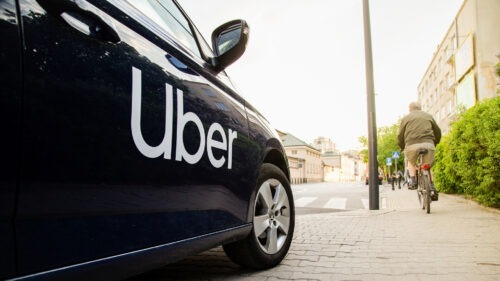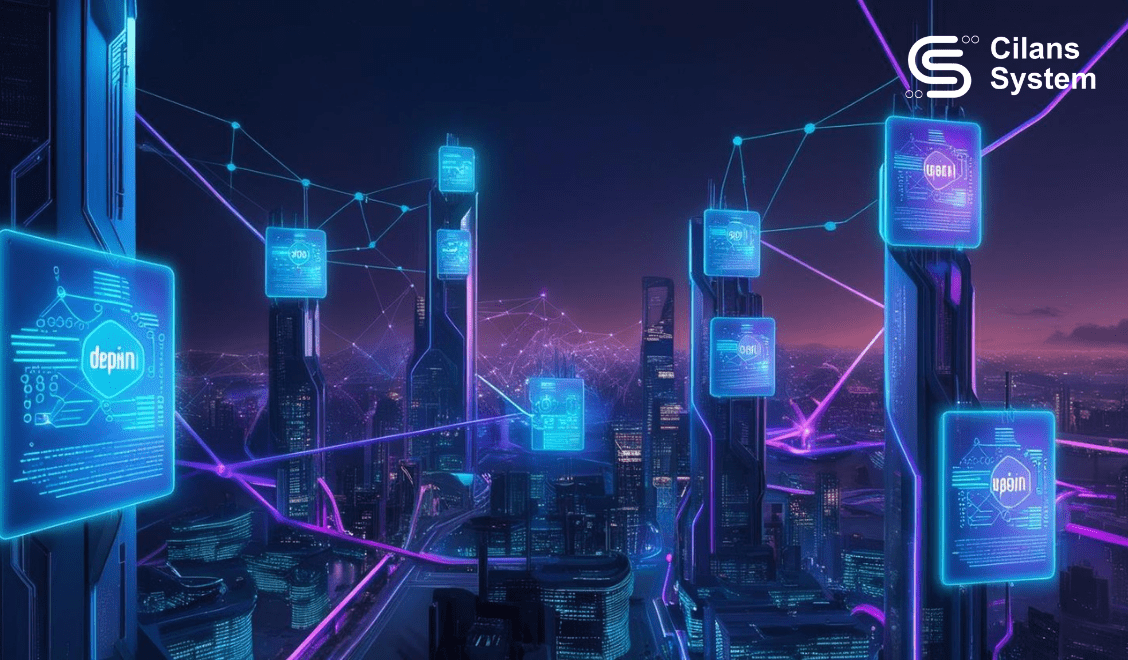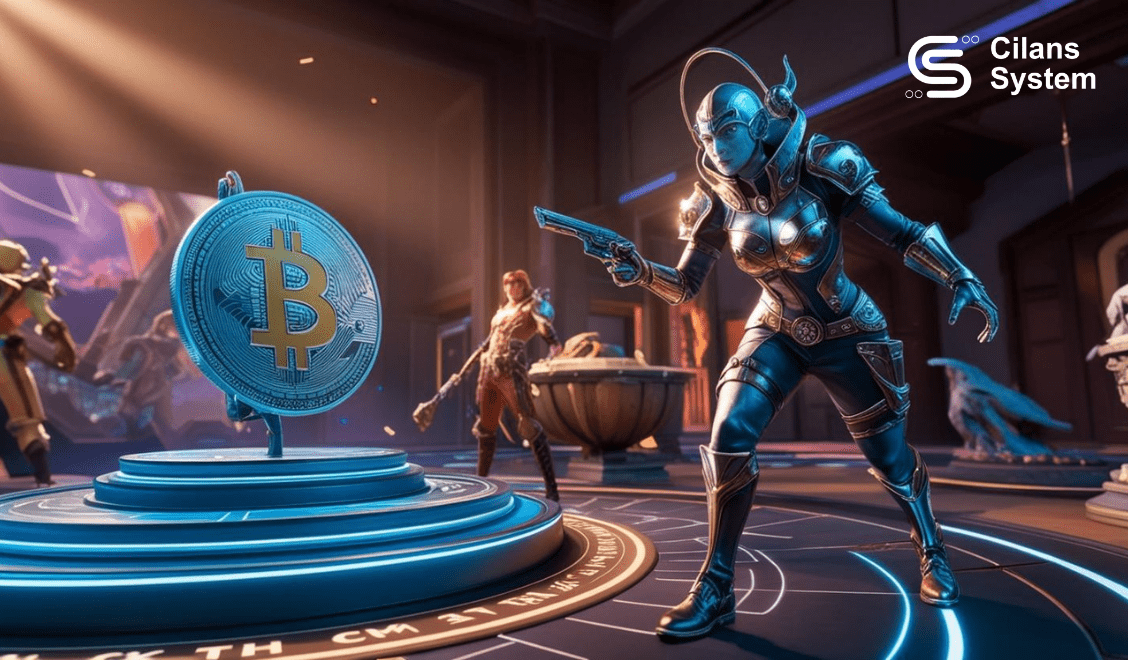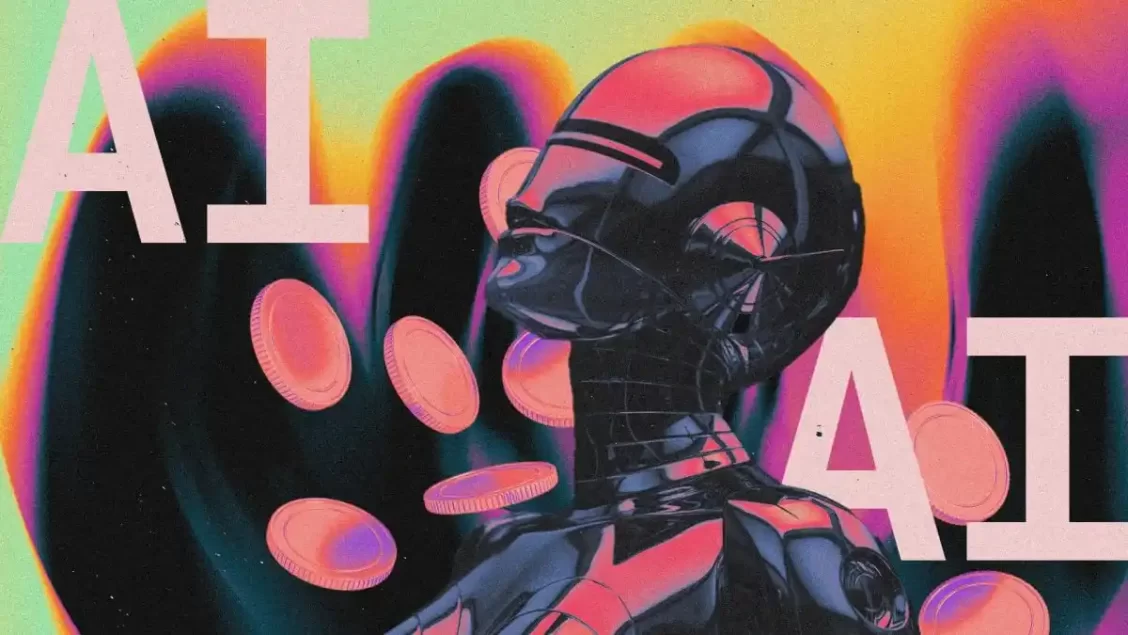
Understanding Blockchain-as-a-Service (BaaS)
September 5, 2024
Unlock the Future of Blockchain with On-Chain AI Agents
December 27, 2024DePIN: Decentralized Physical Infrastructure Networks
Blockchain at it’s core focuses on decentralization.
Journey of Bitcoin (and many other Cryptos) has established alternatives to centralized world by addressing the inefficiencies in the intermediated financial services.
Having spend over 2 decades in telecom world and building many nationwide core data networks with global Service providers, I have seen similar inefficiencies exist in traditional centralized telecom infrastructure. Other non-financial domains such as energy grids also faces similar limitations including a) high costs, b) susceptible to failures, c) sub-optimal use of resources etc.
Even many large organizations have successfully experimented with Decentralized management style such as Google.
DePIN seems to make a solid attempt to address the inefficiencies of centralized n physical infrastructure through blockchain technology and smart contracts, while ensuring transparency | traceability | security.

Ola, Uber, Airbnb, or Peer to peer landing are few of many examples of Sharing Economy business model (Optimize and monetize the use of assets that aren’t being used), which also generally boosts on-demand economy benefits (Providing goods and services immediately and on-demand) as well.
DePIN has high potential and could be powerful enabler for the next wave of the sharing economy (I am referring it as Sharing Economy++). Unlike Uber/Airbnb, DePIN also aims to decentralize the ownership and management control as well. Basically shifting more powers to the end contributors and so it extend to economic inclusion and wealth sharing.
So, DePIN is a decentralized app that uses tokens to incentivize people to crowdsource and build connected real-world physical infrastructure. DePIN is not a one more DeFi, it’s lot more than just incremental innovation.
Role on individuals :
They will contribute physical infrastructure resources across fields such as transport, energy, and wireless connectivity and in exchange they could be offered participation in tokenized economy
Real World references:
- Render | connect creators with providers who have idle GPU resources. | https://rendernetwork.com/
- Hivemapper | Images of world using people’s dashcam | claimed ~30% world coverage | https://beemaps.com/
- Natix | World’s largest AI camera network | https://www.natix.network/
- IoTeX 2.0 | transforming millions of idle devices into communal economies | https://iotex.io/2.0
- Helium | wireless network connectivity | https://www.helium.com/



